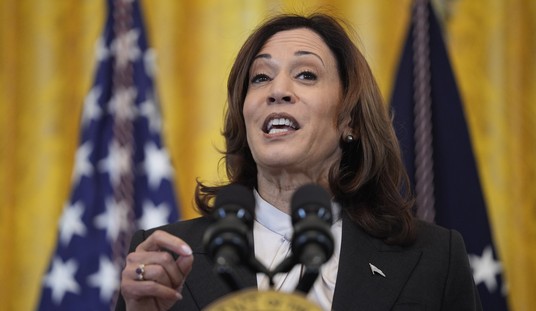"Miracle on 34th Street," "White Christmas" and "It's a Wonderful Life," are three of my favorite Christmas movies. All three stories revolve around people, connections and miracles. Natalie Wood plays second-grade student Susan in "Miracle on 34th Street." Raised by her mother, Doris, to be practical and not believe in miracles, Susan began to believe in supernatural events after watching a department store Santa (Kris) talk to a girl in her native Dutch. Kris is accused of being crazy and taken to court for representing himself to be Santa Claus, but the case is dismissed after the Post Office delivers mail addressed to Santa to Kris.
Susan, who wants a home for Christmas, is disappointed on Christmas morning when she does not receive it. Later that day, Kris persuades Doris and Fred, his attorney and Doris' neighbor, to take a different route home. On the way, Susan spies the house of her dreams with a "For Sale" sign out front. Fred and Doris stop, tour the home, become engaged and agree to buy the house. Afterwards, Kris' cane is spied in the corner of the house.
Not only does Susan get her house, but she gets a stepfather as well.
In "White Christmas," the miracle is delivered through Bob Wallace and Phil Davis, two successful entertainers who change their plans for Christmas to help out their former commanding officer, retired Major General Thomas F. Waverly who has fallen upon hard times. Betty and Judy Haynes, sisters who sing and dance, are caught up in the show. Betty, who has fallen for Wallace, mistakenly believes that Wallace is out for himself rather than the general. Disheartened, Betty leaves the show and goes out on her own.
Wallace and Davis continue to produce the show, but also issue a plea for others in their old regiment to help the General. The finale takes place on Christmas Eve. The show goes on, and numerous men from the regiment show up to support Waverly, saving the inn. Betty returns to Bob.
"It's a Wonderful Life" begins on Christmas Eve, 1946. Faced with hard times, George Bailey stands on a bridge overlooking an icy river and contemplates suicide. When he sees a person in the water struggling to swim, George's focus on his own life is replaced by his action to save another's. He jumps into the river, saving the life of what turns out to be an angel, second class, Clarence Odbody.
Recommended
Clarence's mission on Earth, (which will lead to him getting his wings if he is successful) is to turn George's life around, leaving him once more in good cheer. Clarence does this by leading George through a historical journey of the impact his life has had on others: saving his younger brother Harry's life (Harry later becomes a war hero and saves other's lives); stopping his boss Mr. Gower the druggist from dispensing the wrong medicine, which would have resulted in the poisoning of a child; marrying Mary, who would have otherwise become an "old maid;" saving the Bailey Building & Loan Association with his honeymoon money during a run on the bank (and thereby saving the homes and affecting the lives of the townspeople); starting Bailey Park (affordable housing); as well as fathering children.
George's thoughts of suicide had been driven by what appeared to be the imminent closure of Bailey Building & Loan, due to a misplaced bank deposit. He had tried to borrow money from his longtime competitor, Henry F. Potter -- the cantankerous Scrooge-like character in the story -- but was turned down.
Clarence's journey through George's life shifts George's concerns away from his and his bank's financial problems to the positive effects he had had on others. George realizes that he does want to die and that he has had a wonderful live, no matter the money difficulties. Racing home to his family, he finds friends there who have gathered the necessary funds for the deposit -- saving the bank.
In the end, all turns out well. As George's family and friends gather around him, a bell on the Christmas tree rings, signaling that Clarence has earned his wings and is no longer second-class.
All three movies speak to us about a key message that all of us would do well to embrace: Miracles can happen. They most often happen when we are focused on helping others, not ourselves. The can also occur through connections and community. Joy is not only in the receipt of a miracle, but in allowing miracles to come through us to others.
May your holiday season be filled with miracles, connections and joy.

























Join the conversation as a VIP Member